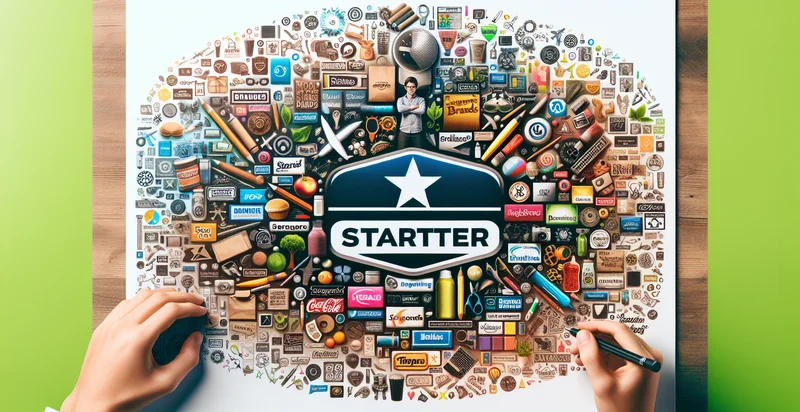Identify search engine brands
using AI
Below is a free classifier to identify search engine brands. Just upload your image, and our AI will predict what search engine brand it is - in just seconds.

Contact us for API access
Or, use Nyckel to build highly-accurate custom classifiers in just minutes. No PhD required.
Get started
import nyckel
credentials = nyckel.Credentials("YOUR_CLIENT_ID", "YOUR_CLIENT_SECRET")
nyckel.invoke("search-engine-brands", "your_image_url", credentials)
fetch('https://www.nyckel.com/v1/functions/search-engine-brands/invoke', {
method: 'POST',
headers: {
'Authorization': 'Bearer ' + 'YOUR_BEARER_TOKEN',
'Content-Type': 'application/json',
},
body: JSON.stringify(
{"data": "your_image_url"}
)
})
.then(response => response.json())
.then(data => console.log(data));
curl -X POST \
-H "Content-Type: application/json" \
-H "Authorization: Bearer YOUR_BEARER_TOKEN" \
-d '{"data": "your_image_url"}' \
https://www.nyckel.com/v1/functions/search-engine-brands/invoke
How this classifier works
To start, upload your image. Our AI tool will then predict what search engine brand it is.
This pretrained image model uses a Nyckel-created dataset and has 20 labels, including Aol Search, Ask, Ask Jeeves, Baidu, Bing, Dogpile, Duckduckgo, Ecosia, Google and Hotbot.
We'll also show a confidence score (the higher the number, the more confident the AI model is around what search engine brand it is).
Whether you're just curious or building search engine brands detection into your application, we hope our classifier proves helpful.
Related Classifiers
Need to identify search engine brands at scale?
Get API or Zapier access to this classifier for free. It's perfect for:
- Brand Fraud Detection: This function can be used to identify and flag false image representations of brand logos online. Organizations can protect their intellectual property by quickly spotting unauthorized use of their brands, preventing fraudulent activities and misleading consumers.
- Ad Campaign Optimization: Marketing teams can leverage this image classification function to analyze the performance of brand-related visuals in advertisements. By identifying misrepresentations, they can ensure that their campaigns maintain brand integrity and effectively reach the target audience.
- Social Media Monitoring: Businesses can use this tool to monitor social media platforms for false or misleading images associated with their brand. This allows them to respond swiftly to misinformation, protecting their reputation and maintaining customer trust.
- E-commerce Integrity: E-commerce platforms can implement this function to verify that product images accurately represent brands. By identifying false images, businesses can ensure that customers receive authentic products, enhancing their shopping experience and reducing return rates.
- Partner Brand Oversight: Companies collaborating with partners can utilize this function to ensure that their partner brands are represented accurately. This is essential for maintaining a cohesive brand image across joint marketing efforts and product placements.
- Content Moderation for User-Generated Media: Businesses that allow user-generated content can use this function to moderate images uploaded by users. By ensuring that images comply with brand guidelines, companies can foster a positive community while protecting their brand's image.
- Compliance and Regulatory Audits: The image classification function can assist organizations in compliance with advertising standards and regulations by identifying false claims represented in visuals. This helps in minimizing legal risks and maintaining ethical marketing practices.


